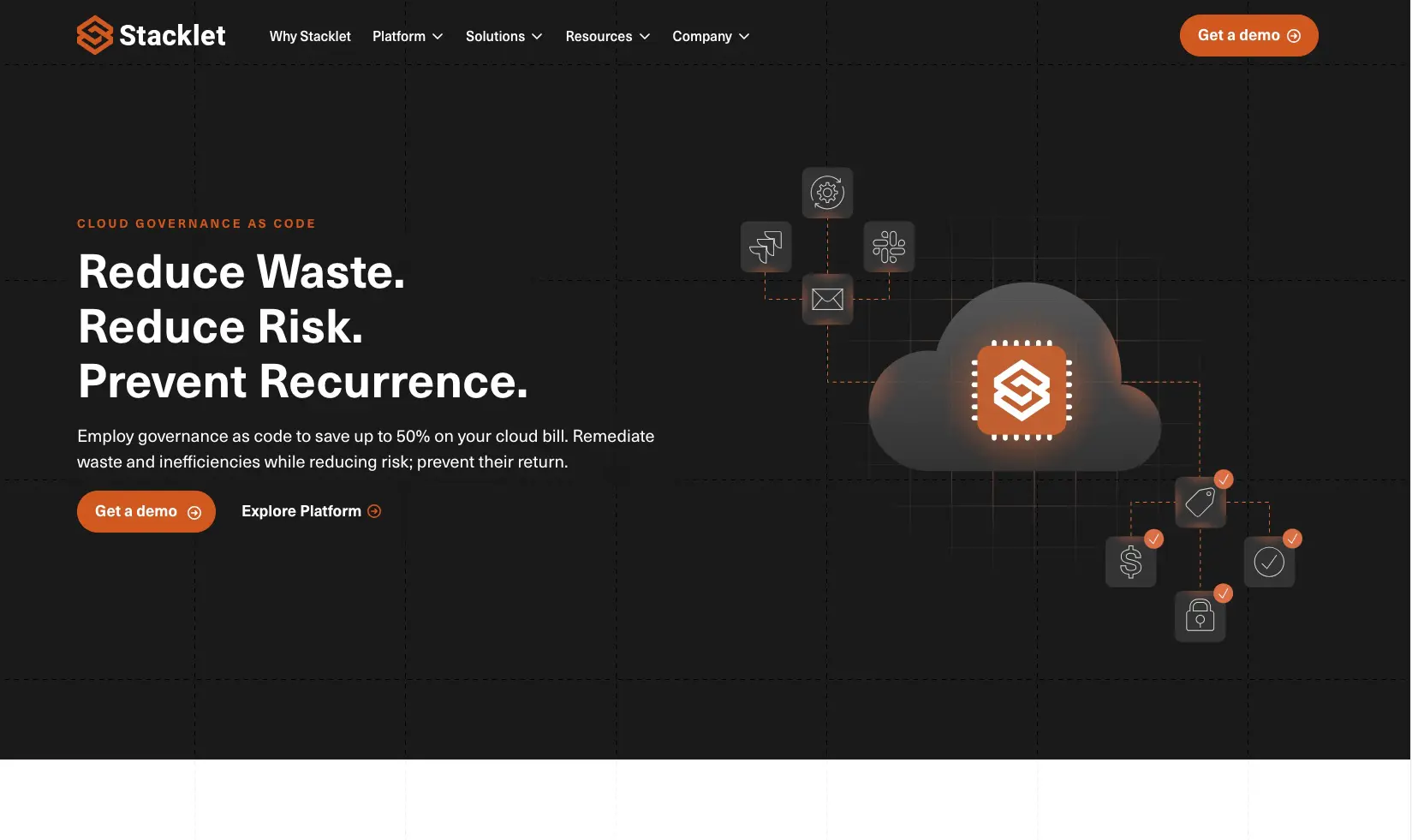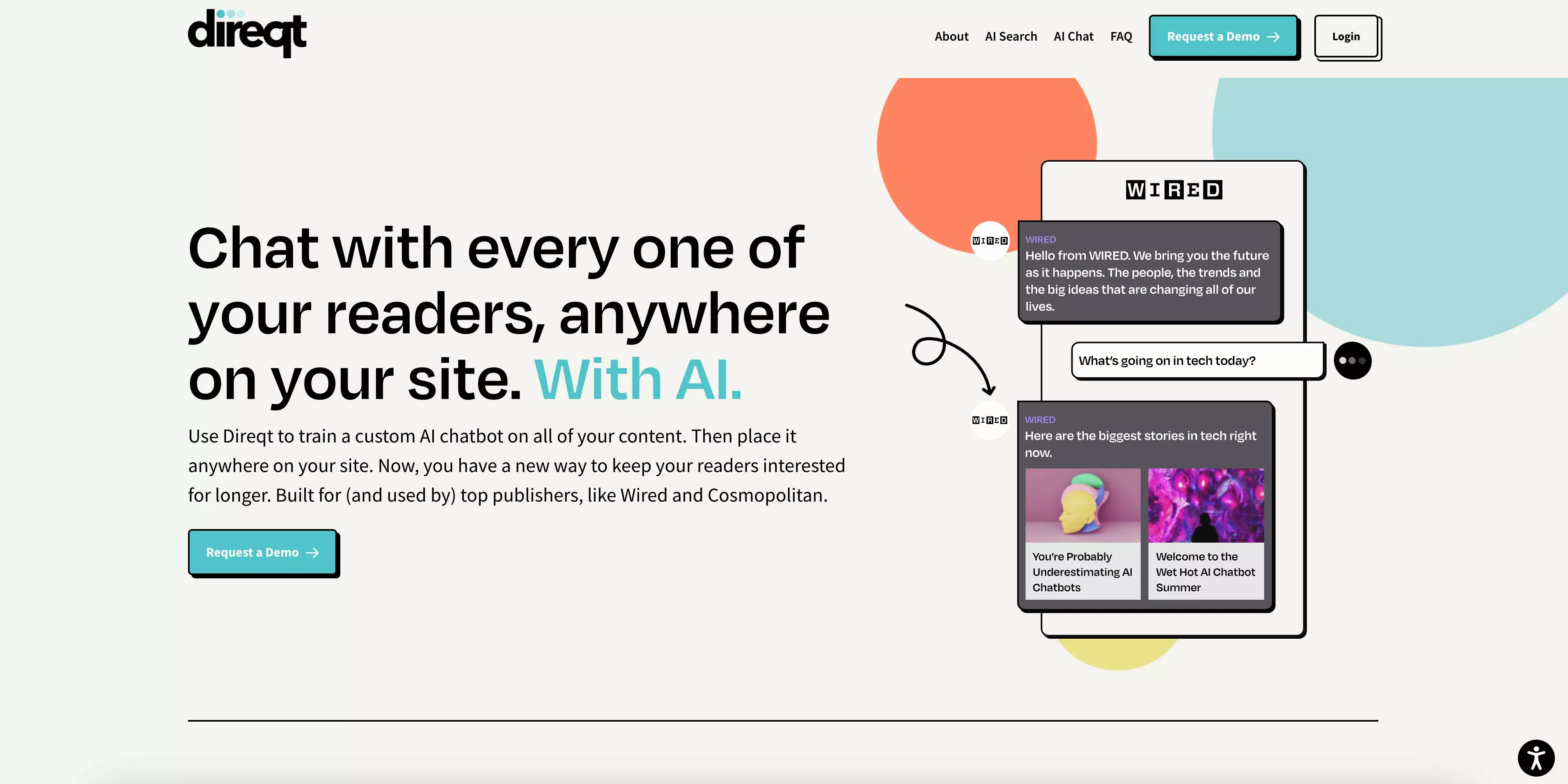For SaaS companies looking to grow, a strategically designed and expertly developed website is paramount. SaaS web development plays a crucial role in digital transformation, helping businesses modernize their operations and stay competitive. SaaS web development supports not only startups but also medium businesses, enabling them to leverage scalable SaaS solutions that adapt and expand their web capabilities as they grow.
Moving beyond the limitations of traditional licensed software and on premise software, the SaaS model thrives on accessibility, requiring only internet access and a compatible device. This means your website must not only look good but also perform flawlessly across web browsers and mobile devices, secure trust, and clearly communicate the power of your SaaS applications, including web applications, web app, and SaaS web app solutions.
Defining your SaaS project and project scope is critical to ensure all the features your customers need are included, supporting customer retention and business growth. A key advantage of SaaS web development is its ability to deliver predictable recurring revenue and operational efficiency. Quality assurance, data protection, and the expertise of seasoned developers and a reliable SaaS development partner are vital for delivering high-quality, secure, and innovative SaaS platforms.
At Motion Tactic, we understand the unique challenges and opportunities in SaaS web development. We’ve partnered with leading SaaS businesses to create digital experiences that drive business growth, and in this post, we’ll share 5 essential best practices, supported by real-world examples from our portfolio. Here’s how to build or redesign a SaaS business website that truly converts:
The Benefits of SaaS for Businesses and Users
SaaS apps offer a host of advantages that make them an attractive choice for both businesses and end-users. For organizations, SaaS solutions eliminate the need for large upfront investments in hardware and software, shifting costs to a predictable subscription model. This cost-effectiveness is paired with the ability to scale quickly, allowing businesses to add or remove users and features as their needs evolve. SaaS apps also reduce the burden of ongoing maintenance, as updates and security patches are managed by the SaaS provider, ensuring that software applications remain current and secure.
For users, SaaS applications provide instant access to powerful tools without the hassle of installation or manual updates. The flexibility and customization options available in many SaaS apps mean that users can tailor their experience to fit specific workflows, driving productivity and satisfaction. Ultimately, SaaS empowers businesses and users alike to focus on their core objectives while leveraging the latest advancements in software technology.
Understanding the SaaS Business Model
At the heart of the SaaS industry is a subscription-based business model that offers significant benefits for both providers and customers. Instead of purchasing software outright, SaaS users pay a recurring fee, typically monthly or annually, to access the SaaS application. This approach provides SaaS businesses with a steady, predictable revenue stream, enabling them to invest in continuous development, customer support, and innovation.
The SaaS business model is inherently scalable, allowing providers to serve a growing user base without the limitations of traditional software distribution. Flexible pricing plans cater to a wide range of customer needs, from startups to large enterprises. However, to remain competitive, SaaS businesses must commit to ongoing improvements, robust support, and effective marketing strategies that address the evolving demands of their users. This dynamic model has fueled the rapid growth and widespread adoption of SaaS solutions across industries.
1. Harnessing Market Research for your Target Audience
Market research is the cornerstone of successful SaaS application development. By systematically gathering and analyzing data about your target audience, SaaS developers can gain deep insights into user needs, preferences, and pain points. This information is invaluable for shaping the direction of your SaaS application, ensuring that every feature and design choice aligns with what your users truly want.
Tools like Google Analytics, surveys, and focus groups provide actionable data that can guide everything from user interface decisions to feature prioritization. Leveraging market research not only increases the chances of successful SaaS application development but also helps identify emerging trends and new opportunities in the market. By staying attuned to the needs of your target audience, SaaS developers can drive business growth, create more relevant and engaging applications, and maintain a competitive edge in the fast-evolving SaaS landscape.
Why it Matters
When SaaS developers and web designers align with insights from thorough market research, the resulting website speaks directly to the visitor, making them feel understood and confident in your SaaS solution. Identifying all the features users need during the research phase ensures your product meets real demands and stands out in the market. This user-centric approach directly impacts customer acquisition and engagement. Leveraging project management tools and processes can help organize and execute both the market research and the subsequent development efficiently.

Case Study Stacklet.io:
When redesigning the Stacklet.io website, a key focus was to articulate complex cloud governance and FinOps solutions to a highly technical yet diverse target audience. Our web design approach prioritized clarity, intuitive navigation, and direct pathways to relevant technical documentation and resources, ensuring that developers, ops teams, and finance professionals could quickly find the information they needed and understand Stacklet’s unique value proposition.
2. Strategic SaaS Application Development & Scalability
For a SaaS business, implementing scalable SaaS solutions is essential for handling growth and ensuring your website’s performance and underlying SaaS application development remain strong. As your company grows and your SaaS products gain traction, your website and web app must effortlessly handle increased traffic and evolve with your offerings. Slow load times or a clunky user experience can quickly deter potential SaaS users and undermine trust.
Why it Matters
Scalability ensures your SaaS website can accommodate growth without costly overhauls, while optimal performance minimizes bounce rates and improves SEO rankings. This is critical for maintaining a positive user experience as your marketing efforts expand.
Key Considerations
This involves robust web development practices, efficient data storage solutions, and strategic use of cloud computing platforms to ensure your site is always responsive and ready for the next surge in visitors. SaaS app development and saaS software development are integral parts of this process, requiring careful planning and execution.
Fast-loading pages and smooth interactions are hallmarks of a scalable SaaS solution. It’s also important to ensure your web app performs well across mobile devices and web browsers to maximize accessibility and user satisfaction. As your business grows, you can integrate advanced functionality to meet evolving user needs. Quality assurance is a crucial step to guarantee performance, reliability, and a seamless user experience.
3. Prioritizing Data Security for Your SaaS Business Website
Trust is the bedrock of any SaaS business. When potential customers visit your site, especially if they are considering signing up for a demo or free trial, they need absolute confidence that their data will be safe. Data security and data protection are not just backend concerns for your SaaS applications; they must be reflected and reinforced throughout your SaaS website to ensure compliance with industry standards and safeguard user data.
Why it Matters
Demonstrating stringent data security measures on your website builds immediate credibility and helps overcome privacy concerns, crucial for customer acquisition. This is particularly vital when handling user accounts, subscriptions, and sensitive information.
Key Measures
Your website should implement robust security measures like SSL certificates, secure signup processes, and clear privacy policies. SaaS developers must prioritize secure coding practices, and SaaS providers must ensure the infrastructure protecting your website is impenetrable, encompassing everything from data storage to data migration protocols, as well as comprehensive data protection strategies such as access controls, regular backups, and adherence to security policies.
4. Designing Intuitive Experiences
A visually appealing website is important, but a truly effective SaaS business website is one that is incredibly easy and intuitive to use. From the moment a visitor lands on your homepage to the point they request a demo or sign up, their journey should be seamless and logical.
Superior web design and an emphasis on usability are paramount for converting visitors into leads, creating positive engagement with your SaaS apps. Incorporating collaboration tools, such as cloud-based platforms that facilitate teamwork and communication, can further enhance the user experience and productivity within SaaS applications.
Why it Matters
An intuitive user experience (UX) reduces friction, minimizes the need for support, and dramatically increases conversion rates. Clear calls to action, easy navigation, and well-organized content ensure visitors find what they need quickly.

Case Study MediaAlpha.com
For MediaAlpha.com, a platform connecting advertisers with publishers, the web design challenge was to simplify a complex marketplace into an intuitive, user-friendly experience. We focused on clear information architecture, prominent calls to action, and a streamlined user journey. The website effectively guides diverse SaaS users to their desired outcomes, showcasing how strong web development and design can simplify intricate business models.
5. Effectively Presenting Your SaaS Product & Advanced Features
Your SaaS product likely has a rich set of capabilities. Your website is the primary stage to highlight both its core functionality and any advanced features that set you apart. This isn’t just about listing features; it’s about translating them into tangible benefits and solutions for your target audience. For example, you can showcase integrations with third party platforms like Shopify, Amazon, or WordPress to extend your SaaS product’s functionality.
Inventory management is another business solution often presented on SaaS websites, demonstrating how your platform streamlines operations. In addition to core features, highlight other services such as analytics, security enhancements, or dedicated support that enhance your SaaS ecosystem.
Present your SaaS web app as a key product offering, and emphasize how SaaS tools enable advanced features and seamless integrations. Use engaging visuals, concise descriptions, and compelling use cases that clearly articulate the value of your SaaS product.
Why it Matters
Clearly articulating your product’s value proposition is essential for differentiating yourself in a crowded SaaS market. Marketers rely on the website to educate, persuade, and ultimately convert visitors into paying customers.

Case Study Direqt.ai
For Direqt.ai, an AI-powered conversational platform, effectively communicating its sophisticated capabilities was key. Their website clearly showcases the core functionality of AI agents providing instant, 24/7 answers, alongside advanced features like custom knowledge base integration, multilingual support, and real-time analytics. By demonstrating how Direqt.ai automates and personalizes customer interactions, the website helps potential SaaS users understand its comprehensive solution for modern customer engagement.
Partner with Motion Tactic for Your SaaS Development Success
Building a high-performing SaaS business website is a strategic investment that requires specialized expertise. It’s about more than just coding; it’s about understanding your SaaS model, your target audience, and your business objectives. Working with a SaaS development partner ensures you have the right guidance and support throughout the entire process.
At Motion Tactic, our team of seasoned developers and expert web designers has a proven track record in creating industry-leading SaaS websites that are not only visually stunning but also engineered for performance, security, and conversion. Our dedicated SaaS development team collaborates closely with you to plan, test, and implement new features or upgrades effectively. We bring extensive experience in SaaS web development, ensuring your online presence drives the business growth you seek.
Ready to build a SaaS website that truly stands out and delivers results? Learn how Motion Tactic can transform your digital presence.
Conclusion: Your Website as a Growth Engine
By focusing on deep audience understanding through market research, prioritizing performance and scalability in SaaS application development, ensuring robust data security, embracing user-centric web design for your SaaS apps, and effectively showcasing your SaaS product’s capabilities, you lay the foundation for sustainable business growth. Partnering with a specialized SaaS web development agency like Motion Tactic can ensure your website is not just a digital presence, but a powerful engine for customer acquisition and long-term success for your SaaS business.


